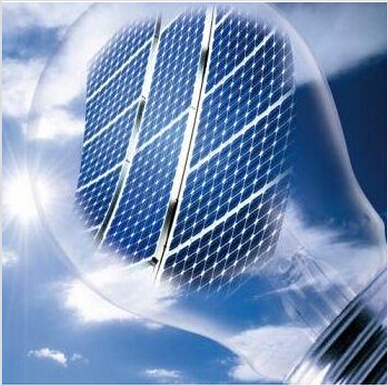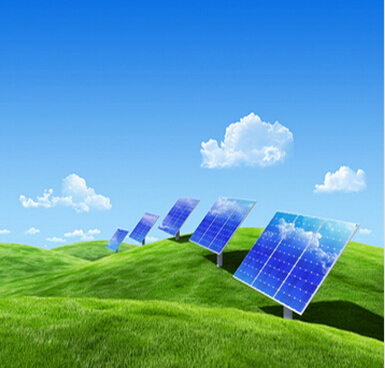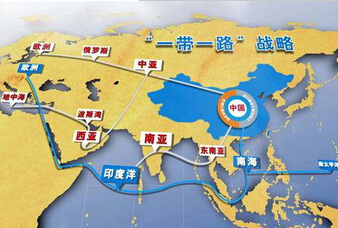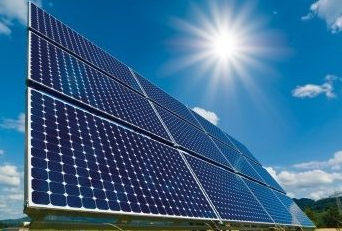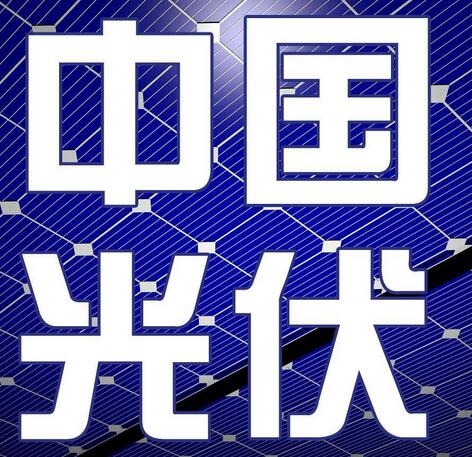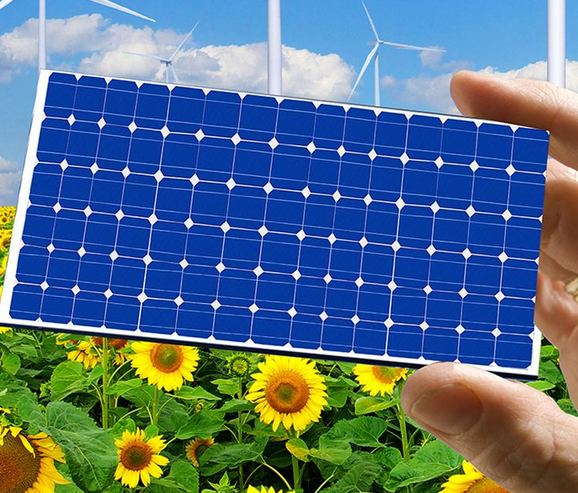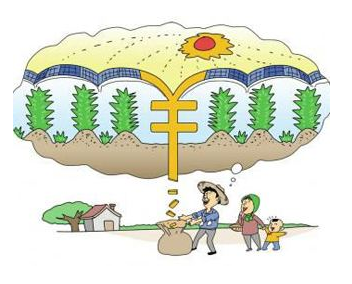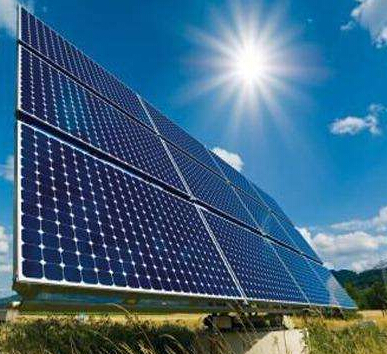First, where does the money come from?
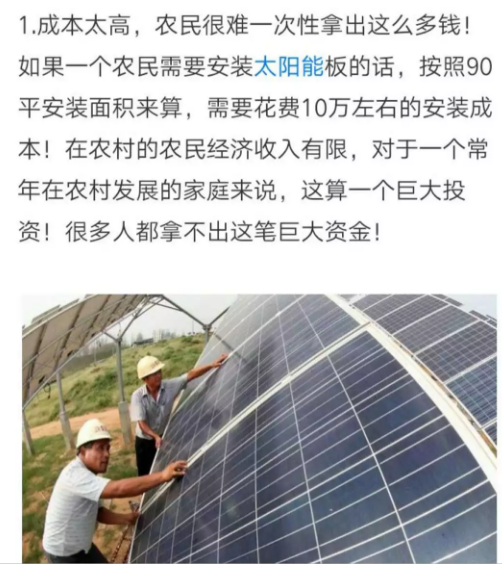
For the "great investment" mentioned in the above picture, this is simply stealing the concept. Home photovoltaic power plants and poverty alleviation power stations are fundamentally two concepts. The family photovoltaic power station needs to be built with its own investment costs, and the cost of the poverty alleviation power station is funded by the state and local governments as well as the enterprise, so the problem of “great investment” does not exist.
The funds for photovoltaic poverty alleviation power stations = part of the country + corporate sponsorship + loans (interests are issued by the provincial government, and later deducted from the income of poor households) + individuals, and the total income of photovoltaic poverty alleviation power stations is directly enjoyed by poor villagers, financed by township finance Into the poor household account.
Second, the maintenance problem
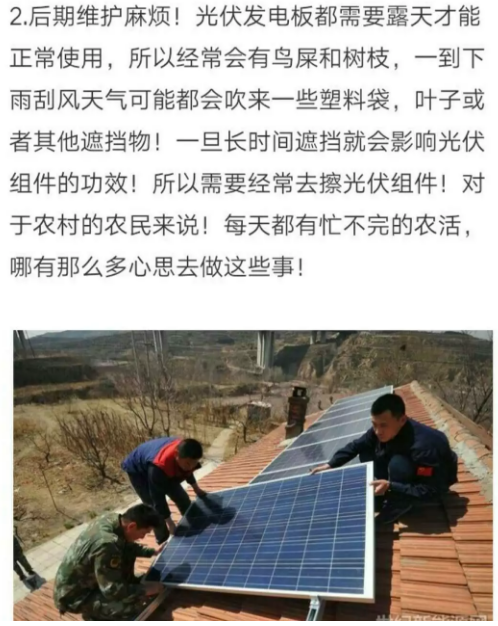
Photovoltaic power plants are blocked by dust or shadows, which will affect the power generation and life of photovoltaic power plants, so regular operation and maintenance is very necessary. However, there are many people who may have some misunderstandings about operation and maintenance.
First of all, although most of the poverty alleviation power stations are built in rural areas close to nature, there are no more birds and flying plastic belts in the countryside! The photovoltaic panels have been set at an angle of inclination during construction. In the event of rain, the rain will wash the dust along the inclined angle, which also reduces the operation and maintenance costs. Finally, the post-maintenance of the poverty alleviation power station does not require farmers to worry about it. There will be professional operation and maintenance personnel to carry out regular maintenance on the power station, and the cost is paid by the installer. This Xiaobian is afraid that I don’t know what is operation and maintenance!
Third, the power plant recycling cost is high

The so-called "long recovery cost" is based on the premise of investing a large amount of capital, but the cost of photovoltaic poverty alleviation power stations is supported by the state and local governments. Farmers only need to provide their own roofs without worrying about cost. In this way, "Where is the time to recover the cost?"
The purpose of photovoltaic poverty alleviation is to increase the people's income. If you still need to invest in the power station yourself, what kind of poverty alleviation, this Xiaobian may have some misunderstanding of PV poverty alleviation, perhaps not knowing what is PV poverty alleviation.
There is also a power station in the house with an idle roof. This kind of roof can solve the problem of electricity use in the home, and the electricity can be sold to the country with endless electricity. It can also earn tens of thousands of yuan a year. Money, this good thing missed, regret it!
As one of the “Ten Precision Poverty Alleviation Projects” determined by the State Council Poverty Alleviation Office, photovoltaic poverty alleviation is a good thing for the benefit of the people. It makes full use of the advantages of rich solar energy resources in poverty-stricken areas. Through the development of solar energy resources, the combination of poverty alleviation and development, new energy utilization, energy conservation and emission reduction has been realized by means of “spontaneous use and surplus electricity online”.
There are four main types of photovoltaic precision poverty alleviation: First, household photovoltaic power generation poverty alleviation. Property rights and benefits are owned by poor households using a 3 to 5 kW power generation system built on the roof of a poor household or in a courtyard. The second is the poverty alleviation of village-level photovoltaic power stations. Taking the village collective as the main body of construction, using the village collective land to build a small power station of 100 to 300kw, the property rights are owned by the village collective, and the income is distributed by the village collective and the poor households. The income of the poor households accounts for more than 60%. The third is the photovoltaic greenhouse to help the poor. The photovoltaic power station constructed by the existing support of modern agricultural facilities such as agricultural greenhouses is owned by investment enterprises and poor households. The fourth is the photovoltaic ground power station to alleviate poverty. The large-scale ground photovoltaic power station with a height of more than 10mw is built on the barren hillside slope. The property rights are owned by the investment enterprise. After that, the enterprise donates a part of the equity, and the local government distributes this part of the equity income to the poor households.
















 RCCN WeChat QrCode
RCCN WeChat QrCode Mobile WebSite
Mobile WebSite